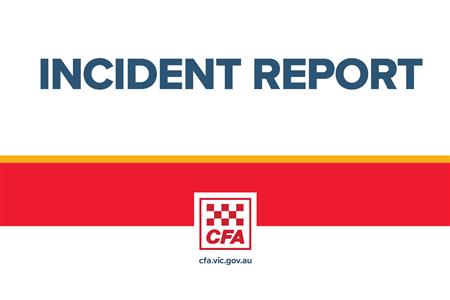Whole genome sequencing (WGS) is a laboratory technique that has the potential to change how we detect and monitor microbial hazards in the food chain. WGS is useful for understanding foodborne diseases through enhancing routine surveillance, outbreak detection, outbreak response and for source identification using a One Health approach. It is anticipated that this technology will help reduce the burden of foodborne diseases, given its advantages over previous low-resolution typing and detection methods.
Therefore, the World Health Organization (WHO) has released a new guidance: “Whole genome sequencing (WGS) as a tool to strengthen foodborne disease surveillance and response”.
This guidance is comprised of three modules:
Module 1, Introductory module, explains the minimum capacity requirements in the foodborne diseases surveillance and response system prior to considering the implementation of WGS.
Module 2, whole genome sequencing in foodborne disease outbreak investigations, discusses how WGS can be used to support foodborne disease outbreak investigations.
Module 3, whole genome sequencing in foodborne disease routine surveillance, describes the usage of WGS in routine surveillance of foodborne diseases.
These documents provide guidance on the capacities needed for WGS to be useful as a tool for foodborne disease surveillance and response, summarize options for implementing WGS and explain how to integrate WGS within existing systems.






